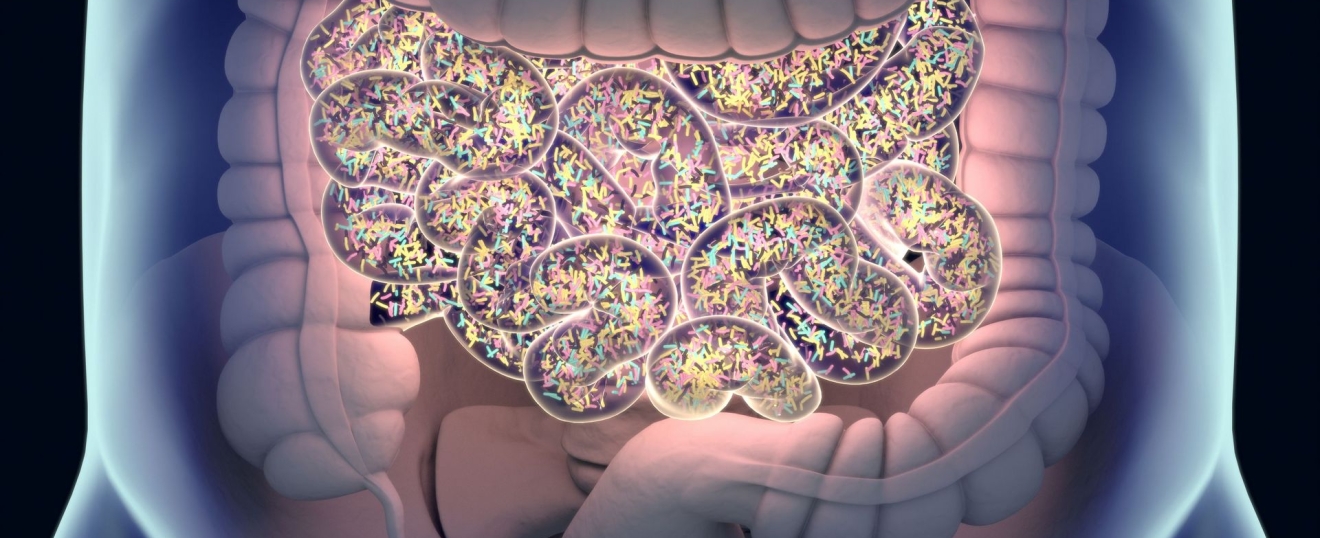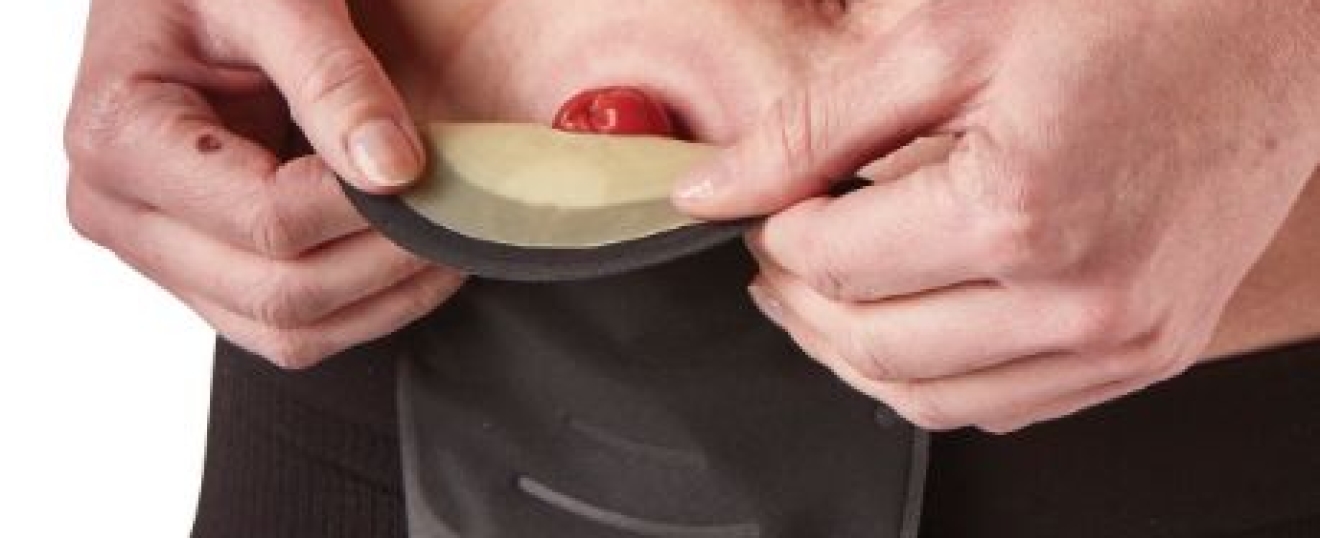- 07736 104738
- sam@medicalmassagelady.com
- Mon - Sat, 8:00 - 18:30
WHAT IS SIBO?
Small intestinal bacterial overgrowth (SIBO) occurs when bacteria, found in the rest of the digestive tract, increases in the small intestine (ileum). This can result in pain, diarrhoea and malnutrition, due to the bacteria using up the body’s supply of nutrients.
RISK FACTORS
Any chronic condition or surgery affecting the gastrointestinal (GI) tract can increase the risk of SIBO.
- Impaired ileocaecal valve function
- Crohn’s disease
- diabetes
- Systemic Sclerosis (scleroderma)
- HIV
- Parkinson’s disease
- hypothyroidism
- medications that slow down the gut, such as narcotics
CAUSES
The causes of SIBO aren’t completely understood, but it has been linked with:-
- anatomic abnormalities of the small intestine
- pH changes in the small intestine
- malfunctioning immune system
- dysfunctional muscular activity of the small intestine where food and bacteria are not eliminated
SIBO is also associated withviral gastroenteritiscoeliac diseaseCrohn’s diseasehypochlorhydria, or low stomach acid levelsgastroparesisnerve damagecirrhosisportal hypertensionirritable bowel syndromecertain gastric bypass proceduresstrictures or adhesions due to surgeryBottom of Form
SYMPTOMS
- pain in the stomach, especially after eating
- bloating
- cramps
- diarrhoea
- constipation
- indigestion
- regular feeling of fullness
- gas
- unexpected weight gain
- joint pain
- fatigue
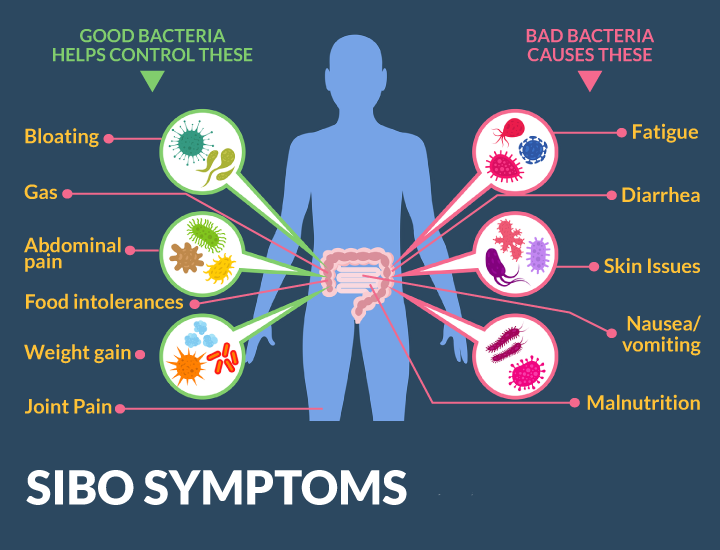
TREATMENT
- ANTIBIOTICS – help to control the bacteria
- FLUIDS, VITAMINS AND MINERALS - in cases of dehydration and malabsorption
- TREATMENT FOR ANY UNDERLYING CONDITION
- DIETARY CHANGES eg.eating a balanced diet, eating smaller meals more frequently, avoiding gluten if coeliac, an elemental dietreplacing food and drink with liquid formulas for a specified amount of time
- PROBIOTICS – to help the bacteria levels in your gut return to normal
COMPLICATIONS
Untreated SIBO may lead to malnutrition and dehydration.

VALVE DYSFUNCTION
A dysfunctional ileocaecal valve can contribute to SIBO, and is characterised by:-
- dizziness
- nausea
- ringing in the ears
- bursitis-like pain in the shoulders and hip joints
- low back pain for no reason
- recurrent sinus infections
- chest pain
- heart fluttering
- headache
- fever
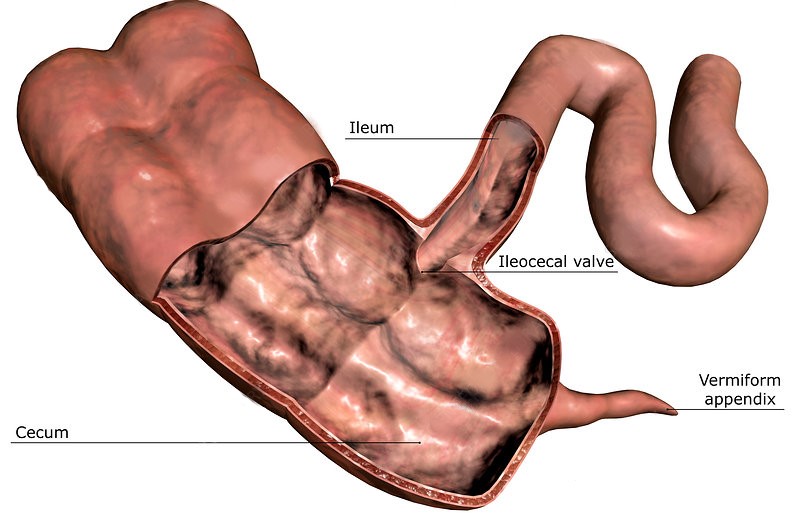
ileocaecal valve is located between the small and large intestine, very close to the appendix, hence why an issue with this valve can often be mistaken for appendicitis. The ileocaecal valve prevents the toxic contents of the colon from being pushed back up into the small intestine, and prevents food in the small intestine from entering the colon before it has been processed sufficiently. If the valve becomes dysfunctional and stays open, diarrhoea will be the result, whereas a closed ileocecal valve can cause constipation.
A CLOSED ILEOCAECAL VALVE – will prevent any digested food moving through the small intestine from passing into the colon, ready to be expelled as a solid poo. The small intestine, however, will continue to absorb waste, the whole digestive system will become backed up and constipation and bloating follows.
AN OPEN ILEOCAECAL VALVE – allows digested food to pass into the colon much quicker, resulting in diarrhoea and allowing waste to return to the small intestine and be reabsorbed.
CAUSES OF ILEOCAECAL VALVE DYSFUNCTION?
- eating excessive spicy or fibre rich foods
- stress or emotional trauma
- appendicectomy - the appendix sits next to the valve and acts as an overflow storage for toxins until the body can flush them out
SELF HELP MEASURES
- take garlic oil capsules
- remove spicy foods from your diet for a week
- eliminate fibre rich food in cases of diarrhoea for a short period of time, but increase if constipation is the problem
- avoid alcohol, cocoa, chocolate, and caffeine
- for a closed valve with constipation, increase calcium and vitamin D and gradually add more fermented foods and those rich in natural digestive enzymes eg.pineapple, papaya, and mango
- for an open valve with diarrhoea, add lactic acid yeast wafers to your diet, and increase pectin, to ease inflammation, which can be found in apples
- acupressure to manipulate specific points and reflex areas
- for an open valve, place a cold pack over the valve for 15 - 20 minutes
ILEOCAECAL MASSAGE TO RELEASE THE ILEOCAECAL VALVE
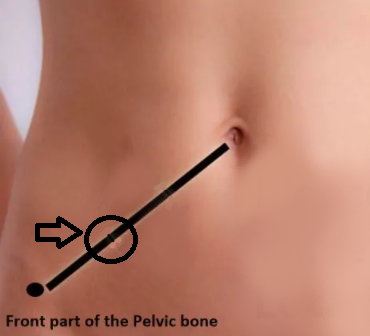
The ileocaecal valve can be manipulated to open or close, preventing contents of the colon from passing back into the small intestine.By tractioning the underlying fascia of the abdomen towards the navel, while internally and externally rotating the right leg, the valve can be released.By working on the valve alongside a deep colon massage to help maintain the tone and peristaltic function of the bowel, symptoms can be managed very well.

